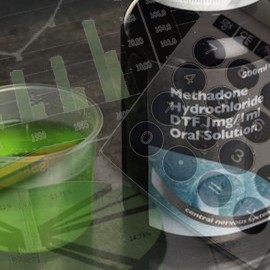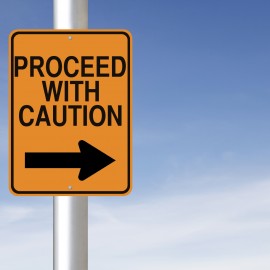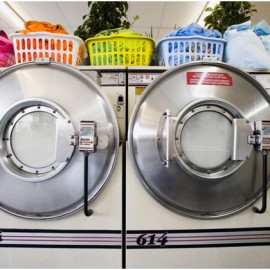Treatment
Fault and Blame
Rehab isn’t intended to effect a cure for someone’s addiction. We don’t have a cure for anybody’s addiction.
The Last Dose
Reliable stats on relapse can be hard to come by, but return-to-heroin rates appear to run above 80% (and in some cases, higher).
Topics: MAT, opioids, treatment models
It’s Cheaper, But is it Better?
A former national insurance exec observed that when you work in healthcare management, most of your day is spent looking at columns of numbers.
Topics: administration, financial strategies
Going to Pot
Clients who struggle to stay drug-free can resent the presence in group of others who openly use substances.
Topics: cannabis, compliance and noncompliance, program development
The Maintenance Biz
The fewer services you provide, the fewer staff you need, and the more likely you are to have a healthy profit margin.
Reducing Harm vs… Well, Reducing Harm
My longstanding rule is to design your program to treat your population, not some idealized group of subjects who did well in a research setting with a significantly different structure.
Topics: abstinence, harm reduction, program development, treatment models
Cycles
Those misconceptions are a principal reason so many Americans have become skeptical of the value of treating addictions at all.
Topics: outcomes, relapse, treatment
The Monitoring Model
We spend a great deal of time in treatment seeking to increase patient motivation, but these programs do not rely on a motivated patient.
Topics: compliance and noncompliance, treatment models
Opioids and the Assumption of Failure
It also suggests that the ‘return to heroin’ rate among former maintenance clients may be even higher.
Topics: MAT, opioids, outcomes, treatment models


















